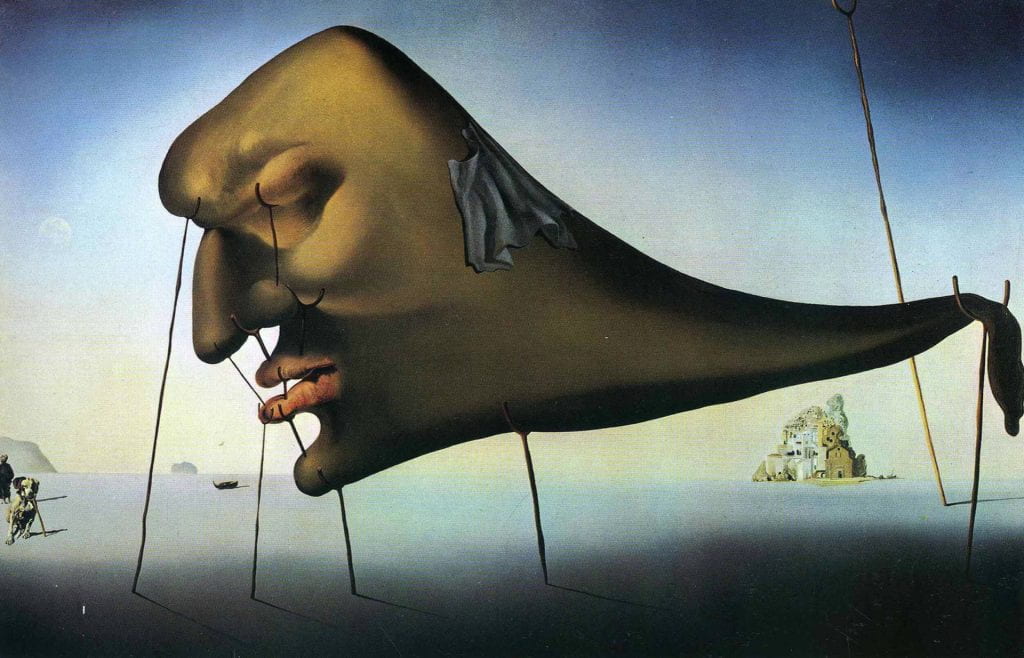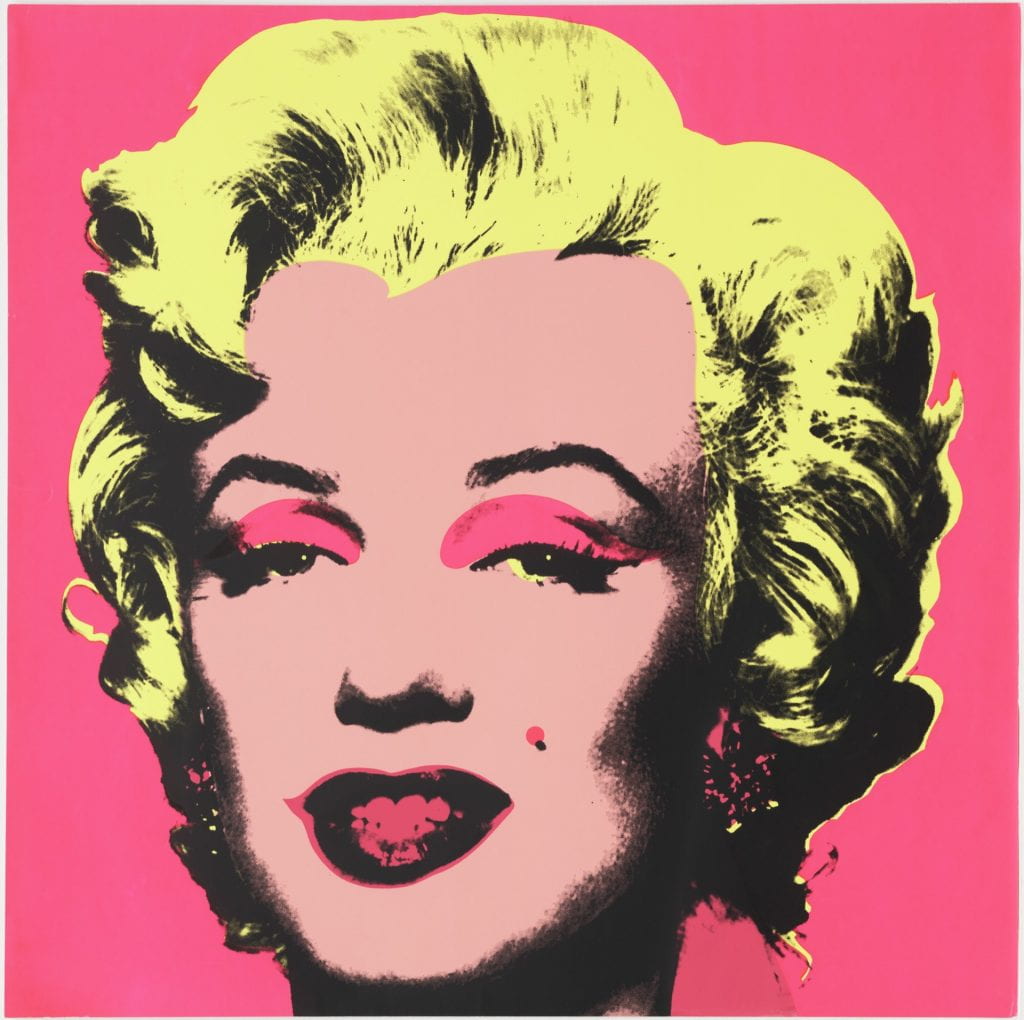(The post cover image is my all time favourite surrealist painting “peg-top” by artist Hans Bellmer)
Hey guys welcome back to the blog i guess. We’re still on our project about WW2. In in my typical fashion I got curious about something. I recently read a book called The Art Book and in it they have A-Z guide of the 500 greatest sculptors and painters. But it really got me thinking about art and the Second World War. As I’ve talked about in most of my recent posts the Second World War was absolutely revolutionary to the world, and reading this book made me wonder about how the war affected art.
The start of the the 20th century was a change in art history. The rise of new art movements had been large over the last 50 years before WW2 with the rise of cubism, futurism, and dada. These were new and quite challenging art movements which were indicators of the shifts in the world that were arising. But one of the art movements that went on throughout the entire Second World War, and had a great influence on the art to come, was surrealism.

Dadaist Piece – Raoul Hausmann, The Art Critic (1919-20)
Surrealism was an art movement started in 1917 but officially recognized in the 1920s. It was birthed from a previous art movement called Dadaism. — To quickly clarify Dadaism is such an incredibly complicated art and philosophy movement, I could write an entire post on it. But for the most part Dadaism is about rejecting logic and instead looking to nonsense. It’s whole purpose is to make no sense, and quite a few Dada artists were literally anarchists. —

Famous Surrealist Art Piece by Salvador Dali about the World of Dreams – “Sleep”(1937)
However surrealism had a much clearer goal in terms of both art and philosophy. In 1924 the surrealist manifesto (of sorts) was published by a man named Ándre Breton and officially started the surrealist movement. The philosophy of surrealism was all about exploring the unconscious and trying to find a new side of the mind. The world had just been through dramatic changes because of the World Wars and surrealism was almost an escape. In particular surrealism focused on fantasy and dreams, the parts of your brain that you often can’t control, and the art style is often odd and otherworldly. It was a big shifting point in art and showed just how much culture and society was shifting because of the First and Second World Wars.

Famous Abstract Impressionist piece – Autumn Rhythm (Number 30) (1950) Jackson Pollock
The last two major art movements stemming out of the Second World War before modern art as we know it today were abstract expressionism, and pop art. Abstract expressionism is slightly less well known and is the reworking of the incredibly famous art movement expressionism. It was started in the 1940s in New York, unlike expressionism which was almost entirely centred in Paris. It was painted in a similar fashion and technique to the art of expressionism, but in a completely abstract way. It was yet again rebelling against the previous more structured art style, and was often quite literally splattered paint. It was an important movement in inspiring pop art and changing the flow of the art world from Europe to the United States, and in particular New York.

Famous Pop Artist Andy Warhol’s – “Marylin Monroe” 1937
Pop Art is an incredibly famous movement in art starting in the 60s, it often focuses on household items or commercial products, and is known for using multiple materials to create art, or loud colours in painting. It was centred in the U.K and America for the most part and is likened to Dadaism because of its use of different objects and styles in art. Pop art rose with the changes in society after World War Two. With things like advertising and the new roles of businesses in society you often see clearly branded objects in pop art, and the use of advertisements and such in artwork. It was meant to show the presence of media and corporations in the post-war world and show how big a part of society they were becoming. But it was also meant to be a slap in the face to “high class art” and show that art is art, there’s no hierarchy that makes art better.
The post-war years saw an incredible shift in the art world. The Second World War in particular, drove many European artists to the United States and lead to the birth of New York as a epicentre of art, replacing Paris. It was also a time of rebellion against tradition. The world was already changing in terms of science and technology at that point, and I guess art needed to change too, it couldn’t be the same after people had changed so much. It’s a fascinating topic for me, as art is often so closely related to philosophical movements, and the ideas of people. That can make it hard to grasp, but I think I’ve laid out the basics in this post. Thanks for taking the time to read.
Holly


December 17, 2020 at 6:38 pm
I love these pieces too. What made you interested in the art of war (did you purposefully use it as a pun???)?
December 18, 2020 at 7:41 pm
Hi, Ms. Willemse,
I mostly was interested in the art because of the art book I read called The Art Book, and I remember looking at the dates of paintings and seeing just how big the difference from pre-war paintings to post-war paintings really was. So I wanted to know more about the actual movements and some of the ideas behind them too. Also the post was a pun, and very much purposeful.